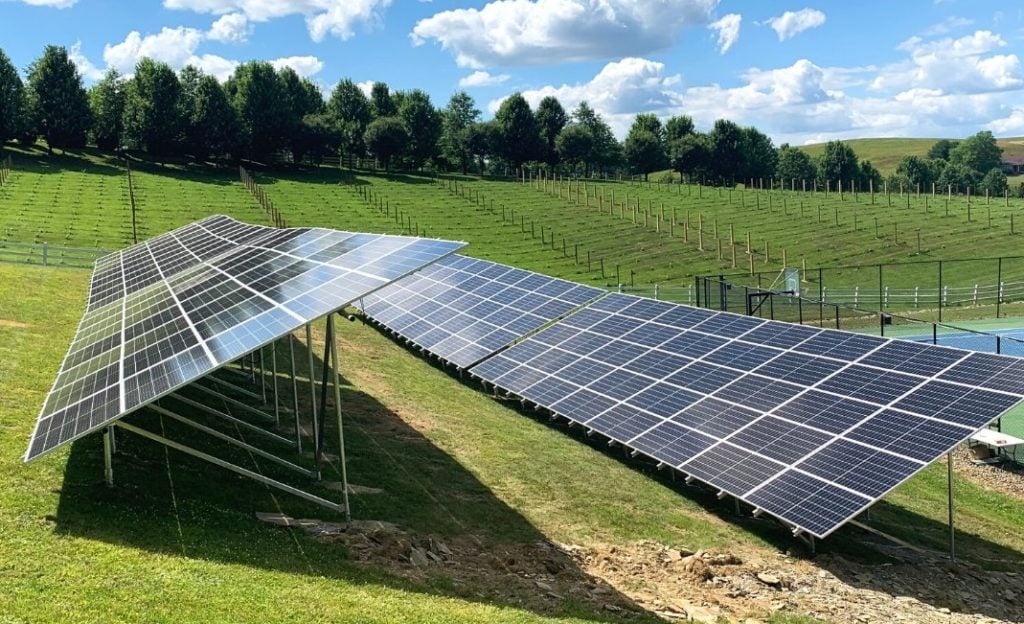
US solar racking producer Unirac has said that its mounting and racking systems can help solar developers qualify for Domestic Content tax credits.
Albuquerque-based Unirac produces US-made solar racking systems for both rooftop and ground-mounted PV modules in the residential and corporate & industrial (C&I) markets. The company secured a recapitalisation investment led by private equity firm Greenbelt Capital Partners in October 2022, which it said would support product development and supply chain resiliency.
Try Premium for just $1
- Full premium access for the first month at only $1
- Converts to an annual rate after 30 days unless cancelled
- Cancel anytime during the trial period
Premium Benefits
- Expert industry analysis and interviews
- Digital access to PV Tech Power journal
- Exclusive event discounts
Or get the full Premium subscription right away
Or continue reading this article for free
The Domestic Content tax credit offers a 10% bonus on top of the 30% Investment Tax Credit (ITC) included under the Inflation Reduction Act (IRA). It has so far proved difficult to obtain for many silicon-based solar module manufacturers, as the bonus is based on a breakdown of the total cost of a product’s components. The current threshold is 40%, which is almost impossible for a solar module to obtain without a US-made solar cell, of which there are currently very few available. That threshold will rise to 55% next year.
However, a number of companies producing other parts of a PV system – like Unirac – could make it easier to obtain.
Recently US-based steel module frame manufacturer Origami Solar signed three new supply deals with US steel companies to support the production of its frames. The deals were signed with steel producers Welser Profile, in Ohio, and Priefert and Unimacts in Texas and Origami Solar framed them as a step on the road to supply security and sustainability for US PV.
Similarly, last week the US microinverter manufacturer Enphase Energy began shipments from its Arlington, Texas plant. It marked the first time Enphase produced its IQ8 microinverters in the US, having previously manufactured overseas and shipped to the US. Nextracker – the solar tracking product provider – has also been expanding a number of manufacturing lines in the US, most recently one in Nevada.
Earlier this year, the US Department of Treasury released guidance on the Domestic Content bonus which broke down a list of Manufactured Products and Manufactured Product Components and their relative values under the scheme. Whilst this makes the cost breakdowns clearer, US energy analysts Clean Energy Associates (CEA) said that most PV products “will still need a domestic cell or a [Cadmium Telluride] First Solar module to qualify” for the bonus.
Recently, calls have mounted for the inclusion of solar wafers in the Domestic Content scheme. The CEO of German wafer producer NexWafe, Davor Sutija, wrote for this publication about the potential benefits that including wafers in Domestic Content incentives could have on US solar deployments and costs. Industry trade body the Solar Energy Manufacturers for America (SEMA) coalition has also called for an expansion of the credits to include wafers as a way to strengthen upstream production in the US and ensure stability and demand for US products (Premium access).






